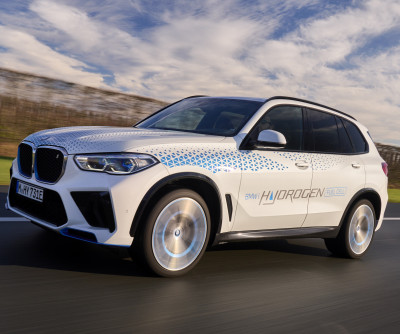BMW launching iX5 Hydrogen pilot fleet
Green Car Congress
FEBRUARY 28, 2023
After all, it is one of the most efficient ways of storing and transporting renewable energies. The pressure plate forms a gas-tight and water-tight seal around the stack housing. The hydrogen needed to supply the fuel cell is stored in two 700-bar tanks made of carbon-fiber reinforced plastic (CFRP).




















Let's personalize your content